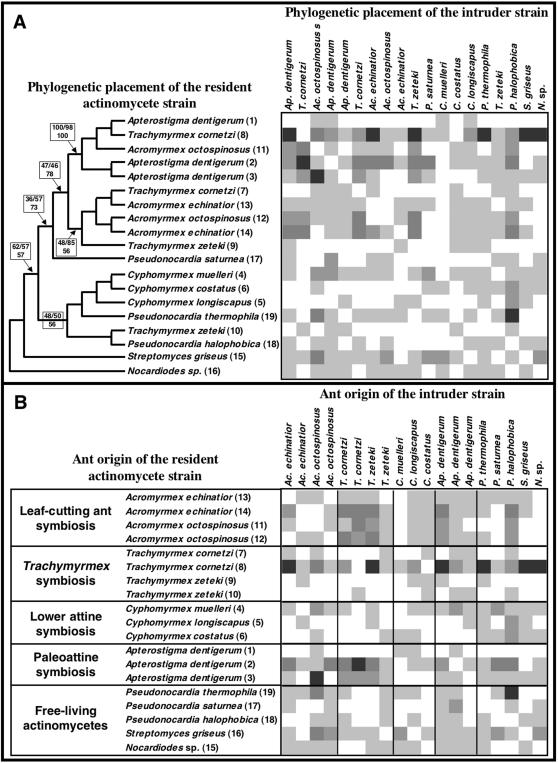Figure 2. Antagonistic reactions across the phylogeny of Pseudonocardia associated with attine ants.
Average degree of antagonism from the resident towards the intruder actinomycete for the 361 combinations of actinomycetes, spanning the attine phylogeny and including five free-living actinomycetes. Ant-associated Pseudonocardia strains are labeled with the genus and species name of the ants they were isolated from, and all strains are numbered as in Table 1 to distinguish strains originating from the same ant species. Different shades of grey denote strength of inhibition (average size of zone of inhibition, zoi; n = 3): white = no inhibition, light grey = 0.01–0.29cm, grey = 0.30–0.59cm, darker grey = 0.60–0.89cm, and darkest grey = above 0.90cm. A) Shows the bioassay results organized according to the phylogenetic placement of the nineteen strains paired. The phylogeny is based on 1393bp of 16S and 1004bp of EF-Tu. Bootstrap support values after 1000 pseudoreplicates under MP (top, left), ML (top, right), and NJ (bottom) conditions are given for the branches separating the major clades in the phylogeny (see text for details). B) Shows the same bioassay result organized according to the ant origin of the actinomycetes: leaf-cutting ants, Trachymyrmex ants, the lower attines, paleoattines, or free-living.

